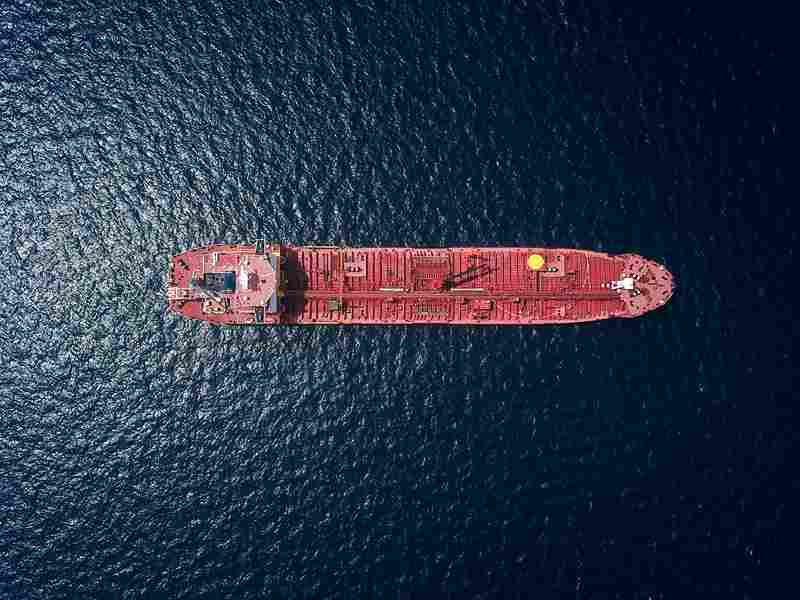
Safe Harbors: Navigating Bunkering Waters with Precision in Safety and Risk Management
Introduction:
Bunkering, the process of refueling ships, is a crucial part of maritime activities that demands careful attention to safety. As ships rely on fuel for their journeys, it’s important to manage the risks associated with bunkering to avoid accidents, protect the environment, and ensure smooth operations. This article explores why bunkering safety is essential, the inherent risks involved, and the strategies used to manage these risks and keep fuel transfer operations secure.
I. Why Bunkering Safety Matters:
1.1 Central to Maritime Operations:
Bunkering is like giving ships the energy they need to sail the seas. Ensuring the safety of this refueling process is crucial because any mistakes can have serious consequences for the ship, the people on board, and the environment.
1.2 Rules and Regulations:
Because bunkering comes with risks, there are strict rules and regulations set by international and regional maritime organizations. Following these rules is not only a legal requirement but also a way to be responsible and make sure maritime activities are safe and sustainable.
II. Risks in Bunkering:
2.1 Fire and Explosions:
Transferring fuel during bunkering can be risky because it involves flammable substances. There’s a chance of fires or explosions, so it’s crucial to have strict safety measures in place.
2.2 Environmental Harm:
Bunkering operations can harm the environment if there are spills or leaks. This is especially risky in areas with sensitive ecosystems. Preventing spills helps protect marine life and coastal areas.
2.3 Safety for People:
People working on bunkering operations need to be safe too. There’s a risk of accidents or exposure to dangerous substances, so safety measures like proper training and equipment use are important.
2.4 Equipment Failures:
Sometimes the equipment used for bunkering, like hoses or pumps, might not work as expected. Regular checks and good maintenance are necessary to avoid these failures.
III. Safety Measures in Bunkering:
3.1 Training and Certification:
People involved in bunkering operations need proper training and certification. This includes learning how to handle emergencies, fight fires, and use bunkering equipment safely.
3.2 Following Standards:
International standards, like those from the International Maritime Organization (IMO) and the International Organization for Standardization (ISO), guide bunkering safety. These standards cover everything from designing equipment to what to do in emergencies.
3.3 Using Protective Gear:
Wearing the right gear, like helmets and gloves, is a simple but important way to stay safe during bunkering. This protective gear helps workers handle potential hazards.
3.4 Preparing for Emergencies:
Having plans for emergencies is vital. These plans include steps for dealing with spills, putting out fires, and making sure people and the environment are protected.
IV. Managing Risks in Bunkering:
4.1 Identifying and Reducing Risks:
Before bunkering starts, a thorough check is done to find possible risks. Strategies are then put in place to lower the chances of accidents and make sure they won’t cause too much damage.
4.2 Watching Bunkering in Real-Time:
Technology now allows us to monitor bunkering operations in real-time. This means we can see what’s happening as it happens, which helps us respond quickly if something goes wrong.
4.3 Automation and Robots:
Using machines to automate bunkering processes reduces the chances of mistakes. These automated systems can be more precise and make bunkering safer.
4.4 Stronger Bunker Tankers:
Some ships used for bunkering have double hulls, which provide an extra layer of protection. This helps stop spills and leaks from harming the environment.
V. Learning from Past Incidents:
5.1 Erika Oil Spill (1999):
The Erika oil spill in 1999, caused by a bunker fuel leak, taught us the serious consequences of not having good safety measures. This incident led to better rules and regulations for bunkering.
5.2 Bunker Fuel Spill in Singapore (2017):
A bunker fuel spill in Singapore in 2017 showed us the importance of being ready for emergencies. Learning from incidents like these helps us improve bunkering safety.
VI. The Future of Bunkering Safety:
6.1 Using New Technology:
In the future, technology like the Internet of Things (IoT) and artificial intelligence (AI) will play a big role in bunkering safety. Smart sensors and data analysis can help us monitor bunkering even more closely.
6.2 Being Environmentally Friendly:
The maritime industry is working towards bunkering in a way that’s good for the environment. This includes using cleaner fuels and technologies that are less harmful to nature.
Conclusion:
Making sure bunkering is safe is crucial for maritime activities. As we move towards more automation, sustainability, and technology use, bunkering safety will always be important. By following rules, using technology, and learning from past incidents, we can keep our seas safe, protect the environment, and make sure everyone involved in bunkering stays secure.





